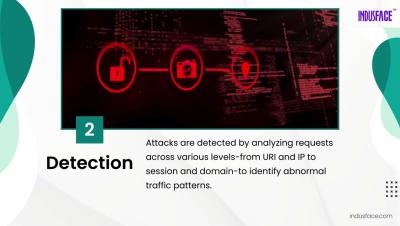Understanding OWASP Top 10 Client-Side Risks
Websites rely heavily on client-side code to deliver interactive user experiences. Unlike server-side code, which is protected within an organization’s infrastructure, client-side code runs in the user’s browser and is exposed to various risks such as data theft and JS injection. Recognizing the unique challenges of securing client-side code, OWASP has created a dedicated Top 10 list for client-side security risks.











